
Lead-zinc ore, as an important raw material of nonferrous metals, is widely used in many fields such as electrical, mechanical, military, metallurgy, chemical, light industry and medicine due to its excellent wear resistance and corrosion resistance. According to the degree of oxidation of lead-zinc ore, lead-zinc ore in nature is usually divided into three categories: sulfide ore, oxidized ore and mixed ore. These ores are usually accompanied by gangue minerals such as quartz and calcite, and sometimes by metal minerals such as chalcopyrite and pyrite. Due to the different structures and compositions of minerals, different types of lead-zinc ores have their own unique leaching and embedding characteristics, which determines that different processes and equipment need to be adopted in the ore dressing process.
Sulfide lead-zinc ore resources account for a large proportion, mainly containing minerals such as galena, sphalerite, pyrite, chalcopyrite, and associated gangue minerals are calcite, quartz and dolomite. Due to the large difference in the floatability of minerals and the fine particle size of the embedded particles, flotation is the main beneficiation method.
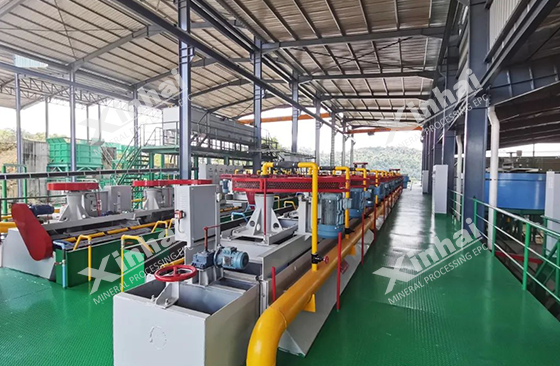
Preferential flotation is suitable for ores with many types of metal minerals, high content and few gangue minerals, especially for dense massive sulfide ores. The process is simple and the concentrate quality is high, which is suitable for small and medium-sized beneficiation plants.
Mixed flotation is suitable for ore depletion, mineral aggregates or dense symbiosis. This method first floats out the mixed concentrate, then separates the lead-zinc concentrate, effectively removes a large amount of gangue, reduces the subsequent processing load, and saves reagents and energy consumption.
The iso-flotation process combines the advantages of preferential flotation and mixed flotation, and is suitable for ores where easy-floating and difficult-floating lead-zinc minerals coexist. It reduces reagent consumption, improves concentrate quality and recovery rate, but the process is more complicated and has higher requirements for equipment.
Oxidized lead-zinc ore is a secondary mineral formed by long-term weathering and surface water leaching of sulfide lead-zinc ore. The main minerals include cerussite, lead alum, smithsonite, etc. The challenges of oxidized lead-zinc ore beneficiation are complex mineral composition, unstable associated minerals, and fine and uneven mineral embedding. Commonly used beneficiation methods include sulfide flotation, sulfide-amine salt flotation, fatty acid flotation, chelate flotation and flocculation flotation.
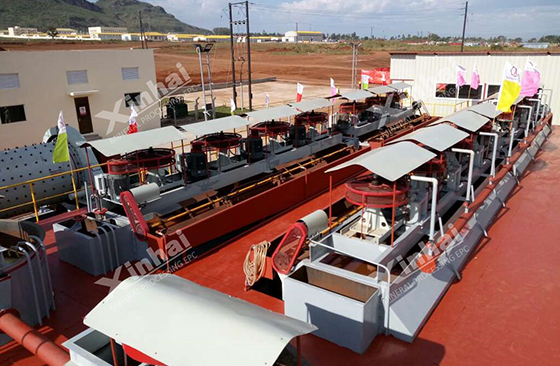
The sulfide flotation method uses a sulfiding agent to sulfide the mineral to form a hydrophobic sulfide film and then float it. It is suitable for high-grade oxidized lead-zinc ore. The sulfide-amine salt flotation method uses amine collectors and is suitable for ores with less mud.
The fatty acid flotation method is suitable for oxidized zinc minerals with low iron content and more carbonate or sulfate gangue.
The chelate flotation method separates oxidized lead-zinc ore from gangue minerals by forming a stable coordination relationship. The flocculation flotation method adds flocculants to aggregate fine-grained minerals and improve the flotation effect.
Mixed lead-zinc ore contains both oxidized lead-zinc ore and sulfide lead-zinc ore, with an oxidation rate between 10% and 30%. For mixed lead-zinc ore, mixed-partial flotation or mixed-preferential flotation process is usually adopted. The appropriate flotation sequence is determined through beneficiation tests, and oxidized lead-zinc ore, lead concentrate and zinc concentrate are gradually separated to ensure efficient separation of different types of minerals.
Depending on the composition and mineralization conditions of lead-zinc ore, the beneficiation equipment used is different, but the basic process includes: crushing, grinding, sorting and dehydration.
Crushing and screening equipment
One to three stages of crushing are commonly used. Jaw crusher is used for coarse crushing, and cone crusher is used for medium and fine crushing. Screening equipment usually chooses circular vibrating screen. In order to prevent magnetic impurities in the mineral from affecting the subsequent process, electromagnetic iron remover and metal detection equipment are also set during transportation.
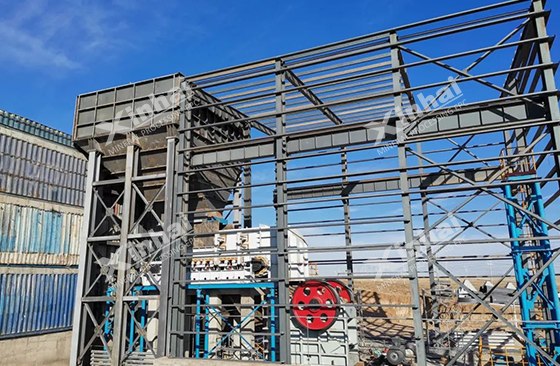
Grinding and classifying equipment
Grinding and classifying include one stage of closed-circuit grinding and two stages of closed-circuit grinding and classifying. The main grinding equipment is ball mill, grate ball mill is used for coarse grinding, and overflow ball mill is used for fine grinding. The classifying equipment mainly includes hydrocyclone and spiral classifier. Hydrocyclone is often used in conjunction with overflow ball mill for fine particle classification; spiral classifier removes impurities in lead-zinc ore by the difference in specific gravity of solid particles.
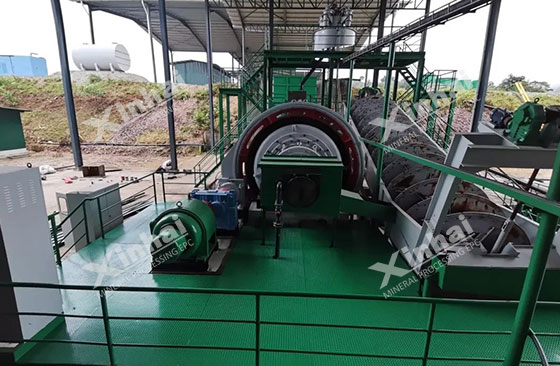
Separation equipment
Based on flotation technology, flotation equipment includes mechanical stirring flotation machines such as SF and JJF flotation machines. Mechanical stirring increases the contact between pulp and reagents and improves flotation efficiency. They are often used in the selection and scavenging of lead and zinc ores. Aerated stirring flotation machines such as KYF and XCF flotation machines increase the contact between bubbles and ore particles through aeration and stirring to improve flotation effect. They are mainly used for roughing and scavenging operations. Gravity separation and magnetic separation are auxiliary processes, and shaking tables and permanent magnetic drum magnetic separators can be used.
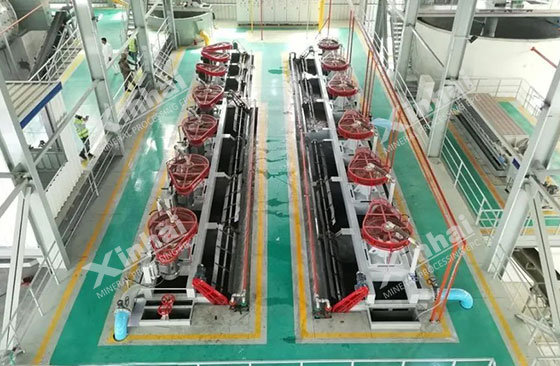
Dehydration equipment
Concentrates and tailings need to be dehydrated. Concentrators and filter presses are usually used for concentrate dehydration. High-efficiency concentrators are used for preliminary dehydration, and chamber filter presses are used for further dehydration. Tailings dehydration uses different dry discharge processes according to specific requirements.
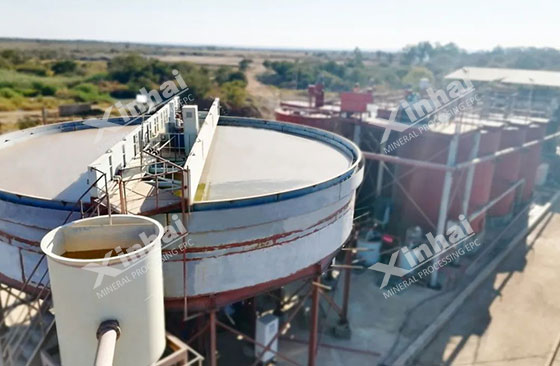
In the face of the complexity and diversity of the properties of lead-zinc ores in actual beneficiation plants, it is essential to conduct scientific and reasonable beneficiation tests. According to the specific properties and oxidation degree of the ore, selecting appropriate beneficiation processes and equipment is the key to ensuring the effective extraction and utilization of resources. By optimizing and adjusting the process flow, the beneficiation efficiency can be improved and the full utilization of resources can be achieved.
To find out more about our products and solutions, please fill out the form below and one of our experts will get back to you shortly.